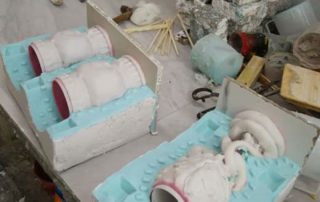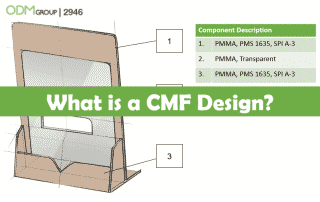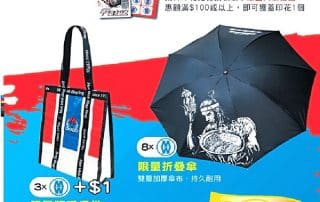During mass manufacture, the dimensions of every product will not be exactly the same. Many aspects of manufacturing may affect the size. This is where tolerances in design considerations come in handy. Let’s further explore tolerances in design, and get tips for a smoother manufacturing experience for your branded products!
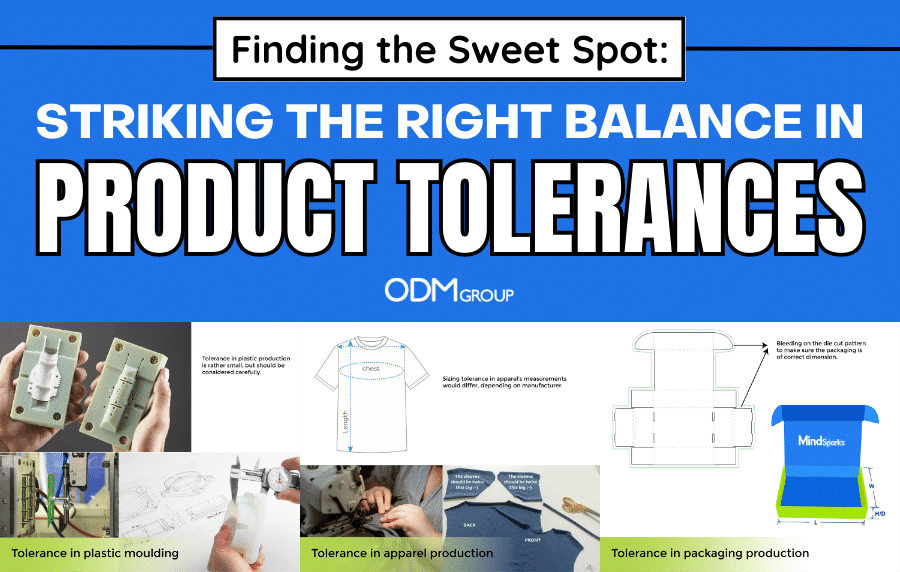
What is Tolerance in Design Considerations?
During the design phase, there is a specific detail that must always be considered. It is tolerance. In design considerations, tolerance refers to the total amount that the dimensions of a promotional product can vary. It also refers to both upper and lower limits.
Tolerances are defined since various factors such as materials, manufacturing processes and assembly methods can affect a product’s dimension. To ensure that a balance between functionality, manufacturability and cost is achieved, tolerances are set.
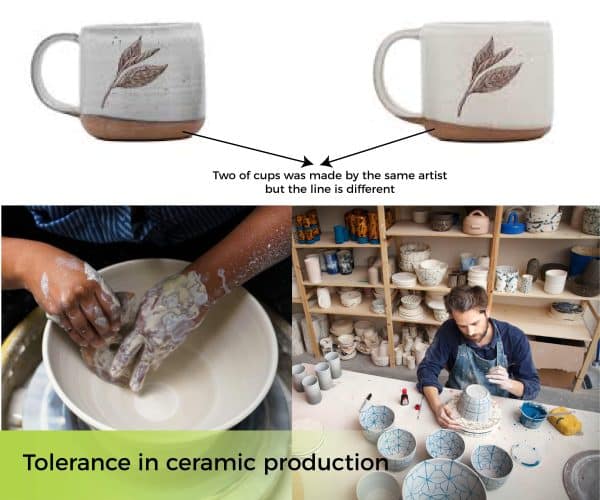
Types of Tolerances
When it comes to product design tolerance, there are three main types that designers and engineers need to consider: dimensional tolerance, geometric tolerance, and material tolerance.
Each type plays a crucial role in ensuring the functionality, fit, and overall quality of the product.
1. Dimensional Tolerance
Dimensional tolerance refers to the acceptable variation in the physical dimensions of a product. It defines the range within which the actual measurements of a part or component can deviate from the intended or nominal dimensions.
Dimensional tolerance is typically expressed as a numerical value, such as +/- 0.1mm or +/- 0.005 inches, indicating the allowable difference in size.
2. Geometric Tolerance
Geometric tolerance refers to the permissible variation in the shape, form, and orientation of a feature or part. It provides guidelines for controlling deviations from ideal geometric conditions, such as straightness, flatness, roundness, or angularity.
Geometric tolerances are typically specified using symbols and tolerance values based on international standards like ISO or ASME.
3. Material Tolerance
Material tolerance, also known as material property tolerance, relates to the acceptable variations in material characteristics or properties that can occur during the manufacturing process. These properties may include mechanical properties (e.g., strength, hardness), chemical composition, surface finish, or even colour.
5 Tips to Remember About Tolerance in Design Considerations
For every component or part involved in the design, tolerances must be rigorously checked in order to ensure that the design works. This is a key aspect of design consideration that should not be overlooked.
Manufacturing processes are not perfect enough for exact dimensions to be achieved every time. Many manufacturing processes involve shrinkage after shaping as the material contracts at room temperature resulting in fluctuation in many shape sizes. Hence, here are tips regarding tolerances you might find useful!
1. Understand functional requirements.
Customers appreciate promotional merchandise more when it’s something they can use in their everyday life. So, whether you’re designing completely new custom merchandise or customising it, you must ensure its functionality.
By having an in-depth understanding of your product’s functionality, you can tighten and loosen tolerances on certain parts accordingly.
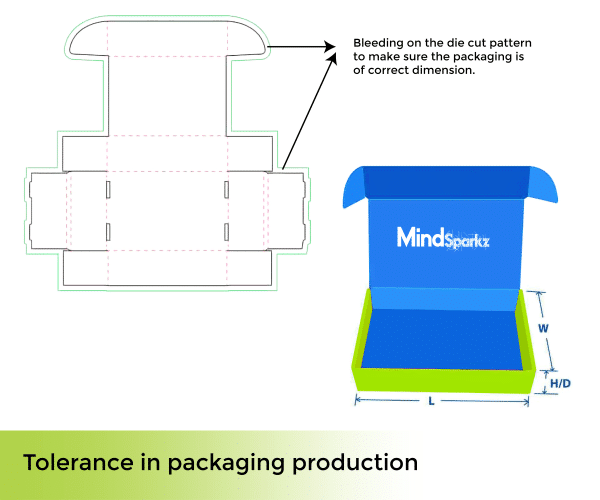
2. Be mindful of the cost of tolerances.
When it comes to setting tolerances, the tighter it becomes, the higher the cost of production will also be. This is due to the special processes or machines and techniques that might be needed in order to fulfil the tight tolerance requirement.
For this, it’s best to find a balance between the functionality and the cost-effectiveness of your design.
3. Familiarize with manufacturing processes.
Manufacturing usually involves a lot of processes with its own limitations and capabilities. By being familiar with these, you can assign better tolerances in your design considerations. It would also allow you to choose the best-fit process and materials for your design requirements and tolerances.
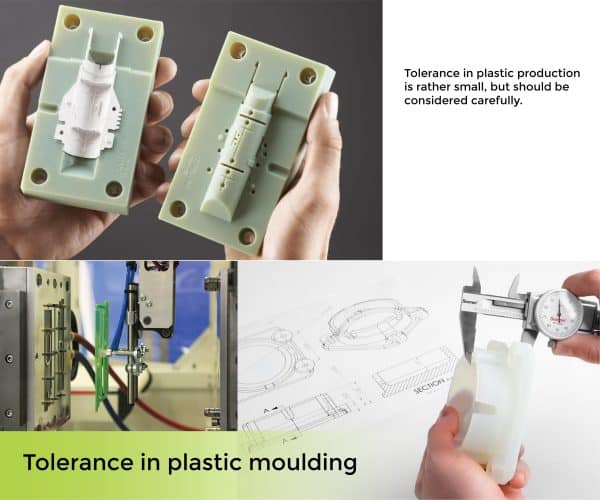
4. Be aware of tolerance stacking.
Tolerance stacking is the accumulation of related tolerances. You must be aware of this since it can affect the function and fit of your design. It is especially important for products that needs assembling since parts may not fit together at all.
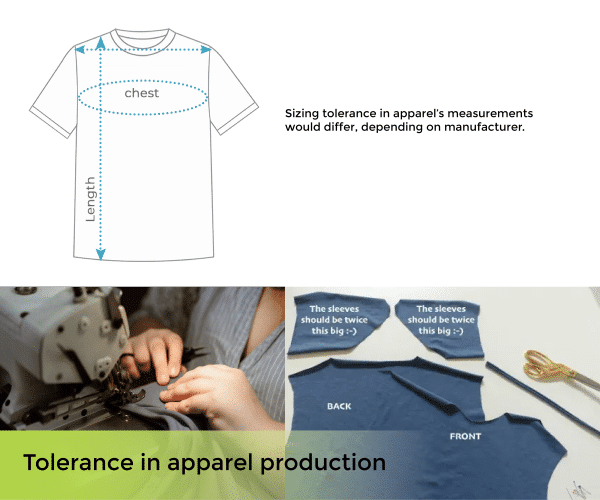
5. Communicate your tolerances effectively.
The design must include all the important details and labels to avoid ambiguity and confusion in production. You can utilise appropriate models like CAD for this.
It’s also important to have open and frequent communication between you and the manufacturer so questions can be addressed immediately.
The Importance of Communication in Tolerance Management
Collaborative Approach (Between Design, Manufacturing, and Quality Teams)
Designers need to work closely with manufacturing teams to understand the capabilities and limitations of the production processes.
By involving manufacturing early in the design phase, designers can consider manufacturing feasibility and potential tolerance challenges.
Similarly, quality teams play a crucial role in verifying and validating adherence to tolerance requirements during the production process. Collaboration between these teams allows for a more comprehensive and effective tolerance management approach.
Effective Communication of Tolerance Requirements
Clear and precise communication of tolerance requirements is essential to avoid misunderstandings and inconsistencies. Ambiguous or vague tolerance specifications can lead to confusion and result in suboptimal product quality.
Designers must clearly define and communicate the desired tolerances for each feature or part of the product. This includes specifying the type of tolerance, the tolerance value or range, and the applicable standard or reference.
Best Practices for Effective Tolerance Management
To foster a culture of effective tolerance management within an organization, the following best practices can be implemented:
1. Education and Training
Provide training programs and resources to enhance understanding of tolerance concepts, standards, and best practices among the design, manufacturing, and quality teams. This helps build a common knowledge base and promotes effective communication.
2. Standardization
Establish standard procedures and documentation templates for tolerance specification, analysis, and verification. Standardizing the tolerance management process ensures consistency and clarity throughout the organization.
3. Early Collaboration
Encourage early collaboration between design, manufacturing, and quality teams to address tolerance-related challenges at the earliest stages of product development. This prevents costly rework or design changes later in the process.
4. Continuous Improvement
Foster a culture of continuous improvement by actively seeking feedback from manufacturing and quality teams on tolerance-related issues. Regular reviews and post-mortem analyses help identify areas for improvement and facilitate iterative enhancements in tolerance management practices.
5. Documentation and Traceability
Maintain accurate and up-to-date records of tolerance specifications, analysis results, and changes made during the product development process. This ensures traceability and provides a reference for future projects.
Find related blogs on design and manufacturing products here:
Design starts with a group of people brainstorming for ideas. Without a process in place, these sessions can get nowhere and waste time. For that reason, we introduce a product brainstomring process in the blog below:
In order to leave a lasting impression on your customers, your brand must be identifiable through brand colours. These a colours that will be present in all your marketing efforts, especially in your promotional products. Get to know how to pick yours in the blog below:
Due to factory production and materials available, your brand colours may be different in the finished product. To solve this problem, a colour-matching process can be used. Read more below:
Making your product design a reality depends on the factory your business chooses to work with. Factory audits can help you make this decision better. Check out more in the blog below:
For more lists of decoration methods you can utilise for your next promotional product, you can check out more of the details below!
Design Considerations FAQs
All you need to know about tolerance in design considerations!
What is the purpose of tolerance in design?
Tolerance are allowances in design dimensions and is, therefore, essential in design to ensure that the manufactured parts or components meet the required specifications and function properly.
How do I determine the appropriate tolerance for a design?
Appropriate tolerance in design strikes the balance between functionality and cost-effectiveness of the production considering the processes and materials.
What are the consequences of inadequate tolerancing in design?
Inadequate tolerances results in improper fit and assembly, functional failures, compromised performance, increased rejects or rework, and additional costs.
Wrapping It All Up,
Here at ODM, we understand how tolerances work and know which tolerances are important to ensure the product fits suitably. Tolerances have a big impact on the selection of production processes and the ability of the factory to be able to assemble the final product, which is why we work so closely with factories to ensure they understand the tolerances and our expectations from them.
For more ways and explanations on how you can vastly improve your business, you can also head to our magazine, with over 8,000 articles for you.
Our product designers, Mindsparkz, will be able to provide you with multiple unique and interesting promotional product ideas for you to wow your audience and increase brand recognition. The specialists here are capable of assisting you throughout every process to ensure a pleasant experience. Contact ODM now!
For more of our services, check out the list we prepared for you below!






